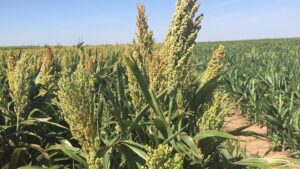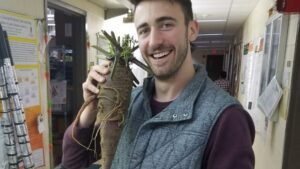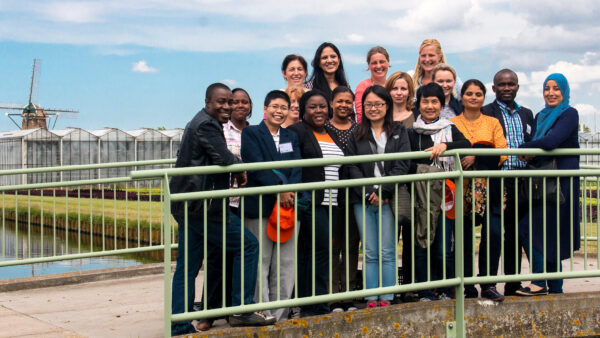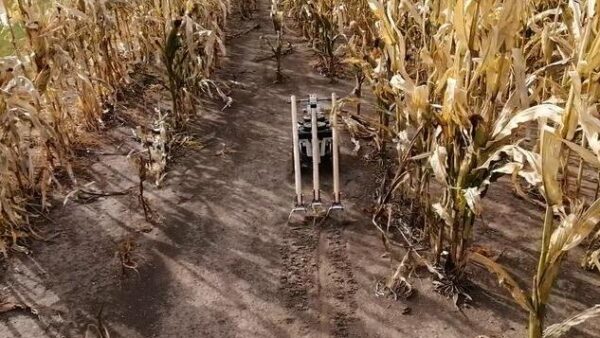Festuca and Lolium are two of the most valuable grass genera, which both have complementary characteristics that are regarded as very useful agronomic attributes. In general, Lolium species, mainly represented by L. multiflorum (Italian or annual ryegrass) and L. perenne (perennial ryegrass), are known for their palatability, digestibility and rapid establishment. However, these Lolium species are generally less tolerant to abiotic stresses, and this is one of the beneficial features of Festuca species such as F. arundinacea (tall fescue) and F. pratensis (meadow fescue). The great advantage is that both genera are biologically close enough to hybridize, and plant breeders have been able to produce hybrids of Festucaand Lolium species, called Festulolium, which combine their complementary characteristics.
Challenges with an Intergeneric Species

Brent Stirling, general manager sales at Cropmark Seeds, says the biggest challenge is to define the cross itself agronomically. “Where Cropmark Seeds has for example crossed F. pratensis with L. multiflorum where one parent is perennial i.e. F. pratensis and the other not i.e. L. multiflorum– the cross may swing towards annual or perennial types.”
Vladimir Černoch, DLF breeding manager, says when creating new Festulolium varieties, a breeder has the choice between working with existing Festulolium’s and combine them to create something new or try to generate new hybrids by crossing the parental species.
“In the first case, the difficulty is to work with a source of material that shows limited variability,” says Černoch. “In the second case, there are several barriers to cross before a successful candidate has been made.”
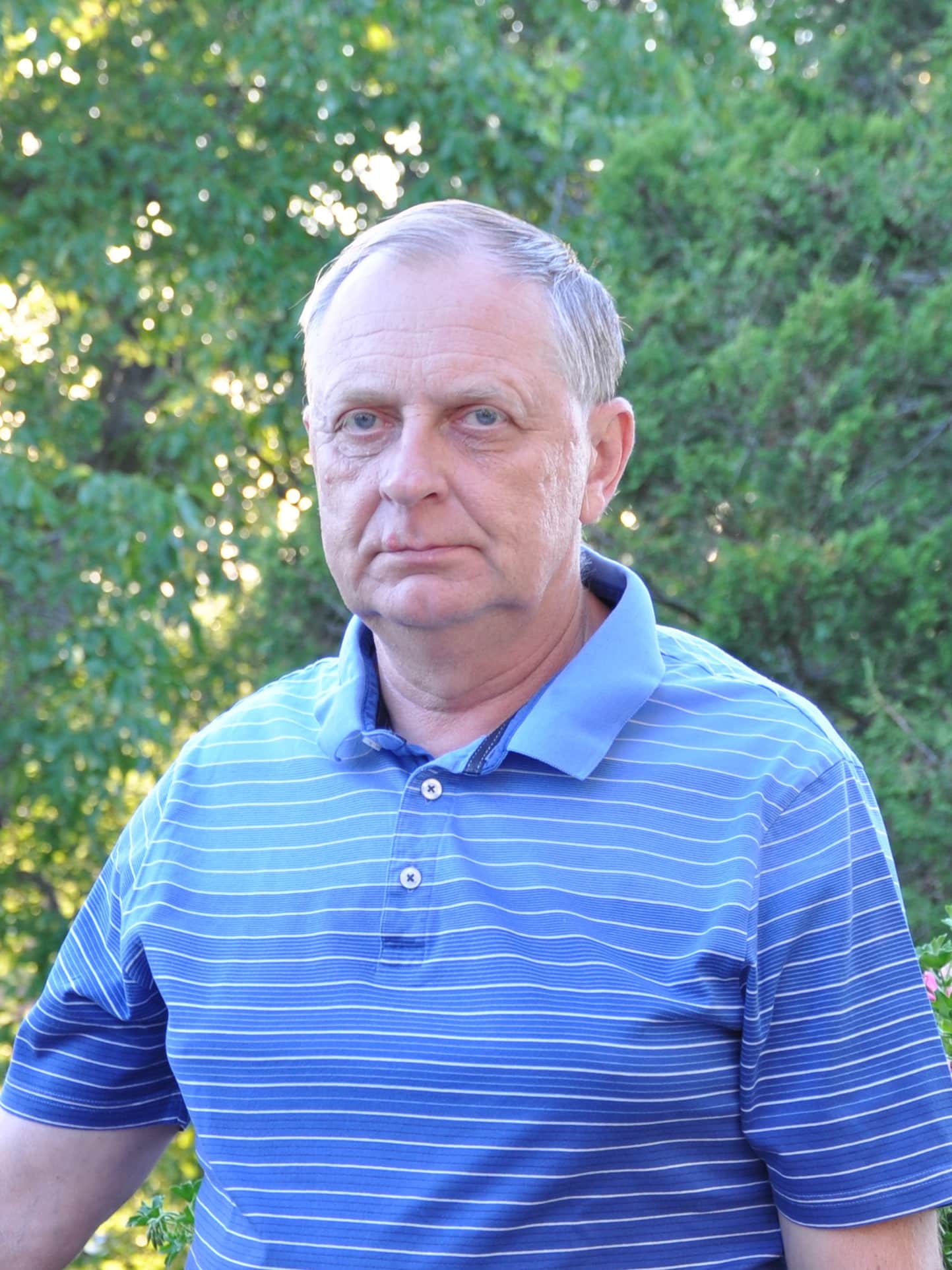
He states the first barrier is inbreeding. Although compatible to a certain extent, the two parents are morphologically different and seldom synchronous in heading. The second is that only in few cases the parents are of same ploidy. “Creating crosses between species on different ploidy level will both impact the fertility of the offspring as well as the stabilization of the chromosomal contributions from each parent. In all cases, it usually takes several generations before genetics have stabilized and a uniform population has been selected. During this process the stability is monitored both phenotypically and genotypically using an array of molecular markers. So, development time for Festuloliummay easily extend to 20 years, which is more than double of the ordinary breeding scheme for grasses.”
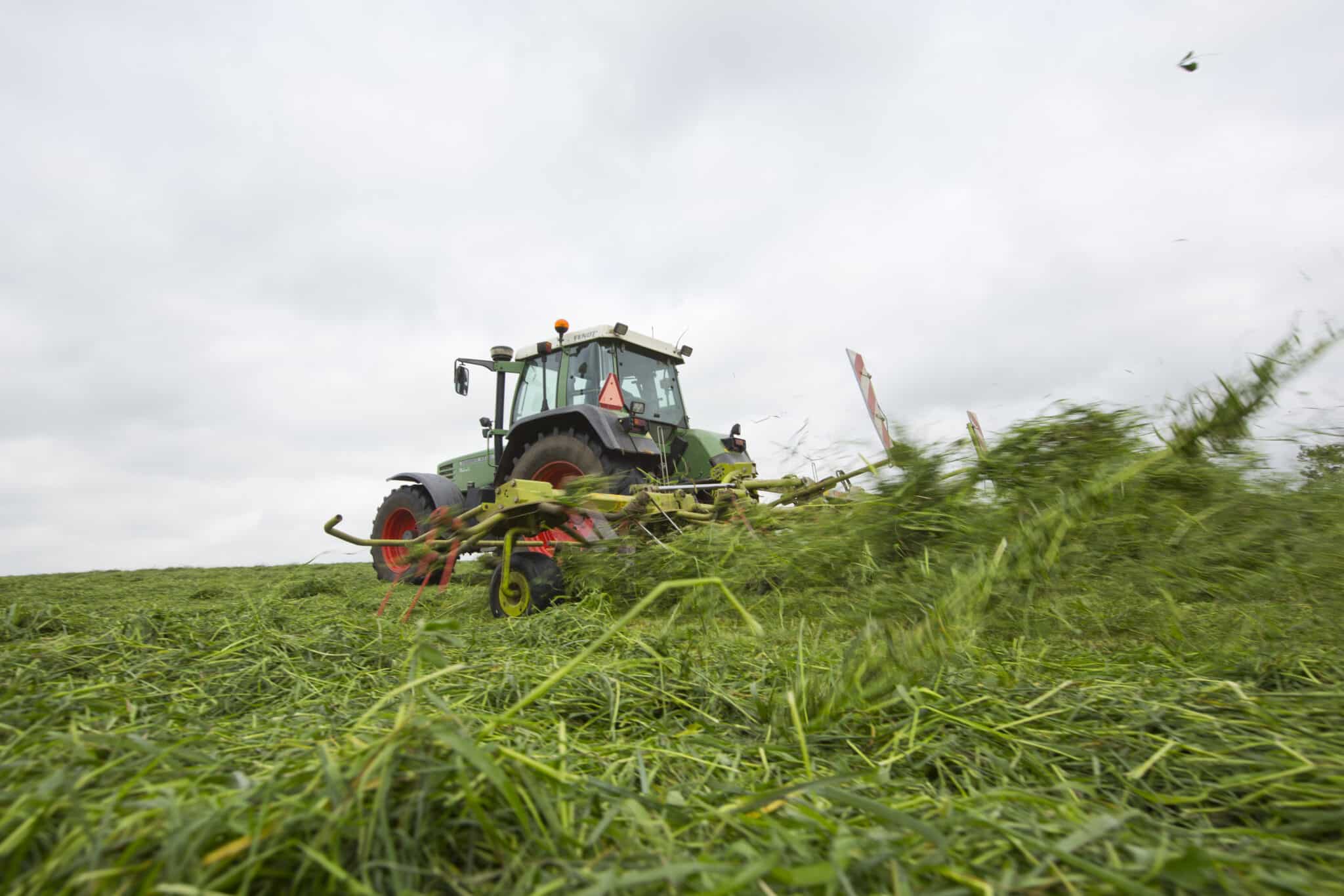

In regard to the characteristics the breeder is looking for in each parental species, Mathieu Wident, head of forage research at DLF, says the parental species from the Festuca genus are generally interesting for their persistency and tolerance to biotic (disease resistance), abiotic (drought, excess of water, salt tolerance) stresses and their extensive root development. “The Lolium side is interesting for feeding quality, speed of establishment, regrowth and its yield potential over the season. Advantage in seed production can be inherited from both.”
Lukas Wolters from DSV Zaden says he also believes the main problem is to get a good seed setting with fertile seeds of the offspring in a Festulolium and to keep the stability on the production as it is in the description of the new variety. From the Festuca side, Wolters says they are looking for high dry matter yield potential and biotic stress resistance components and from the Lolium side, where they want high feeding value, persistency and palatability.
Looking more specifically to the use of grass on the Southern hemisphere, Stirling lists the following criteria that their breeders look for in the various species:
- From arundinacea: Very strong root system, strong drought tolerance, strong tolerance to waterlogging and a strong tolerance to saline soil conditions
- From pratensis: A very useful novel endophyte strain providing resistance or tolerance to root and top feeding insects such as soil nematodes, aphids, Coleoptera e.g. Scarbaeoidae & Curulionidae, field crickets, porina caterpillar etc., an improved root structure, improved animal palatability right up until late seed head formation stage cf ryegrass, stay green gene effect, perenniality, tolerance to extreme cold
- From multiflorum: Fast seedling establishment, very strong winter activity and early spring growth to supply vital animal needs, high seed production potential, good resistance to net blotch and Fusarium
- From Lolium perenne: Strong degree of persistence over 5 plus years, fast seedling establishment, strong winter activity and early spring growth and general seasonal yield to supply vital animal needs., high seed production potential, ability to be mis-managed by the grazing animal, good resistance to crown and stem rusts and net blotch and Fusarium
Meeting Targets and Fighting Disease
In most crops, yield and resistance are paramount breeding targets. How is this in Festulolium?
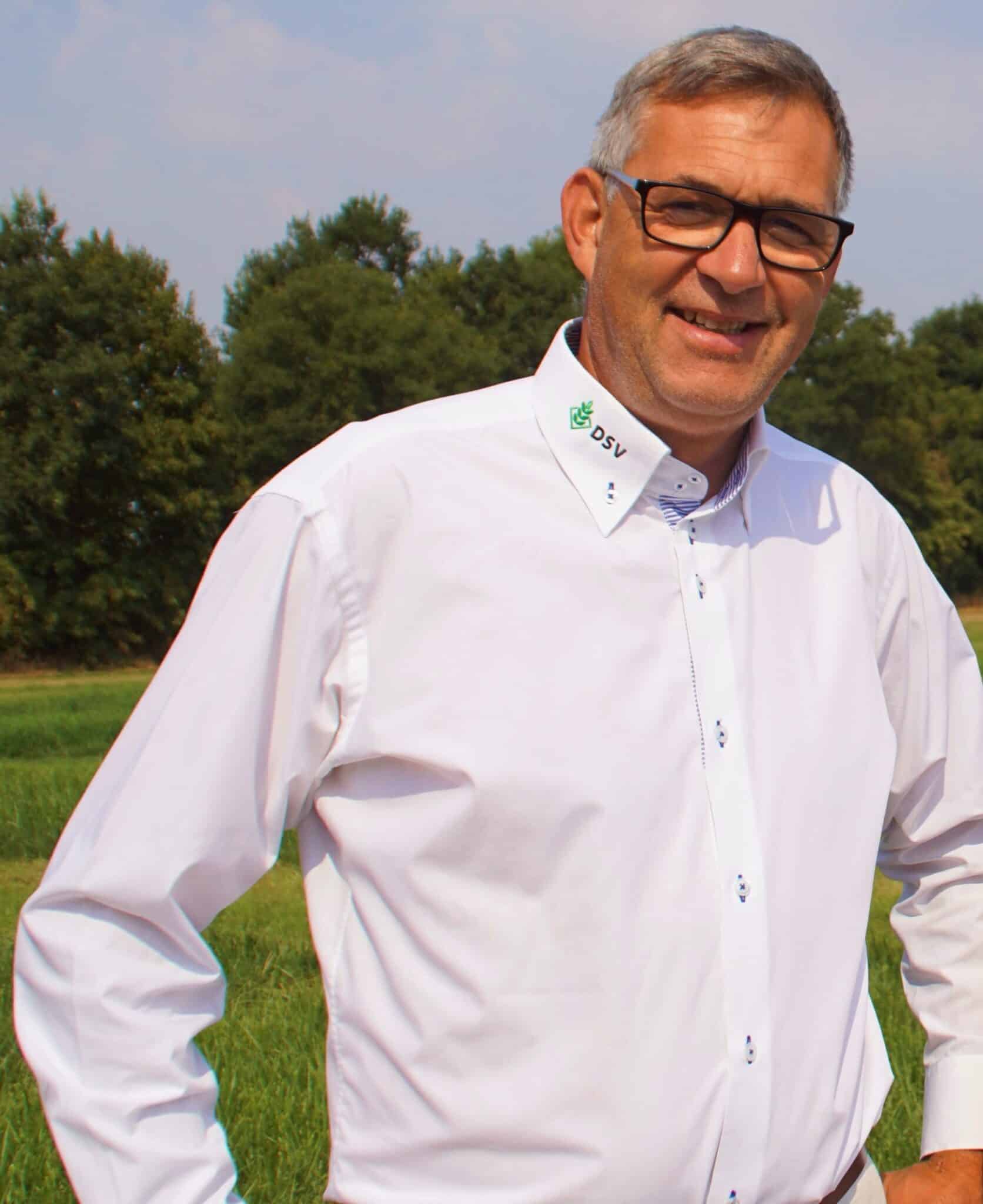
Wolters says in Festulolium, yield and resistance are the exact characteristics that are paramount in their breeding program.
According to Stirling, Cropmark seeks out the same as per the ryegrasses. “Strong selection is made of these crosses for seasonal yield, and resistance to a range of diseases and increase forage quality.” In New Zealand, Stirling says they are mostly concerned with selection for resistance to crown and stem rusts, net blotch, fusarium, and ergot. Wolters states for DSV, the most important diseases in Festulolium are crownrust, leafspot and snowmold.
Černoch states: “When looking at Festulolium’s, growers are expecting to find solutions to difficulties they are facing when growing either Festuca’s or Lolium’s, either in pure stand or in the mixtures with another species. But without compromising with the performances they are used to when years are favourable. Therefore, products have to show top performance levels on several aspects.”
[tweetshareinline tweet=”When looking at Festulolium’s, growers are expecting to find solutions to difficulties they are facing when growing either Festuca’s or Lolium’s.” username=”EuropeanSeed”]
When it comes to diseases, Wident says they are generally looking at the same diseases that are affecting the parental species: Fungal pathogens like the rust complex and Helminthosporium. He says they are also looking very closely at the bacterial pests, like Xanthomonas.
In terms of other breeding targets Cernoch mentions that drought resistance and feeding quality are essential, together with the traditional productivity traits. “But we also want to develop the species on other markets, working on late types for Nordic conditions or winter growth for the South Hemisphere. Maybe one day a turf Festulolium! As a global company, our playground is wide!”
Festulolium, Drought and Climate Change
Stirling says Cropmark has found that some of their Festulolium hybrids have tolerated very dry conditions in Australia, which are more extreme than one might expect in Europe.
Wolters states Festulolium is more adapted to hot and dry conditions than Lolium species, but less adapted than Festuca species. “We would typically recommend Festuca species for those climatic conditions were Lolium is not suited anymore.”

Černoch believes Festulolium’s are excellent components in mixtures, both for conservation and grazing management. He says show very good synergies with both grasses and clovers. “In relation to climate and sustainability challenges they show immense potential; yielding up to 25 metric ton/ha with extremely little nitrogen loss due to more robust and deeper root system. So, with regards to carbon incorporation, Festulolium’s are superior to many other crops.”
[tweetshareinline tweet=”In relation to climate and sustainability challenges Festulolium shows immense potential; yielding up to 25 metric ton/ha with extremely little nitrogen loss.” username=”EuropeanSeed”]
“Genotypes of Festulolium krasanii (LMxFA tall fescue type) and Festulolium braunii (LMxFP) showed very good responses to the drought, remaining green without suffering to much damage and showing fast regrowth after stress,” says Černoch. Festulolium braunii has a better performance under abiotic stress than Lolium multiflorum and it is more persistent. “But even within these two types you can find differences, which are related to their genetic composition (more Festuca genes, more stress tolerance).”
New Varieties, Germplasm and the Future of Festulolium
Wident says DLF has two breeders in charge of the breeding of Festulolium’s, nurseries and trials in several locations in Europe, and DLF has invested in this species for a long time. He estimates that annual costs related to Festulolium breeding reached 1 million euro in 2015 both in conventional breeding and biotechnologies to support breeding. He says combining the most favourable aspects of both genera while avoiding their weaknesses and create a variety that is homogenous and will remain stable. “There is also a lot of work to be done in introducing or reintroducing the species into markets where it is not known or was not successful so far.
[tweetshareinline tweet=”Biggest challenges in Festulolium breeding: combining the most favourable aspects of both genera & avoiding their weaknesses. ” username=”EuropeanSeed”]
“We have a long experience with the species in Central Europe, were farmers are growing it in grass-legumes mixtures for more than 30 years already,” Wident says, adding it has been introduced more recently in Western Europe. But it is crucial to stay aligned with what growers want. “We are a global company with very strong local connections with the farmers. We start from the needs of today and take into consideration the recent evolutions in farming practices, consumer behaviour, environmental aspects related to climate change to predict what the farmers will need in the next 15 years,” Černoch adds.
He mentions that they are using conventional biotechnological tools like flow-cytometry and molecular markers to create new hybrids in a more efficient way, and states that their company has a good experience with genomic selection that might be extended to species like Festulolium’s in the future. “We are also very interested in the root development and we are screening our Festulolium’s via the Radimax platform.”
“The efforts at our company in creating new hybrids are providing us with an unlimited source of diversity. We have the control of our own germplasm. We are very careful in respecting the regulations on access and benefit sharing. So far, they did not turn out to be a significant restriction of our activity in grass breeding in general,” says Černoch.
Stirling says in terms of time; it takes about 10-12 years to develop a new variety. “Cropmark Seeds Festuloliums are targeted towards safer animal grazing types than will produce high quality forage (total ME yield per hectare) rather than specifically for seed production.” Making the first F1 is difficult, he says, then there’s the hunting for the few seeds which might form from this first cross. “We generally find that subsequent re-crossings of these F1’s provide slightly more seeds per plant – and normal seed production per plant is only generally improved after 4 -5 cycles of such inter-crossings. Cropmark Seeds has developed an improved technique with our F1 pair-crossing programme which leads to slightly great success rates.” Cropmark Seeds is working currently to enhance different endophyte strains found in this material, so they can incorporate other endophyte alkaloids which are toxic to insects but not to ruminants, using a technique which is regarded as non-GM.
Wolters says at DSV, to ensure they are aligned with the growers wishes, they pay attention to the important characters that are needed in Lolium and Festuca. When it comes to germplasm to help in their breeding work, Wolters says that they have enough access to new germplasm at the moment and that one of their biggest sources of germplasm are the existing breeding populations that they are currently work on and commercial varieties.
Stirling adds that they use a range of sources as germplasm. “We use existing and new cultivars, and we regularly sample from some of the major germplasm banks and we make private seed collection expeditions around the world. In New Zealand we have had difficulty acquiring lesser known Lolium and Festuca species which are not listed on our allowable to be imported scheduled list. This list was developed in a random manner by our NZ authorities approximately 12 years ago and this has led to a restriction of some species which would undoubtedly have value for Festulolium hybridisation and for useful endophyte discovery and incorporation.”


